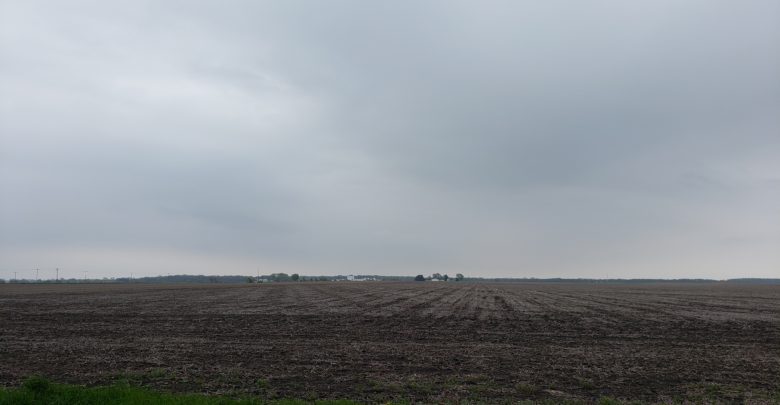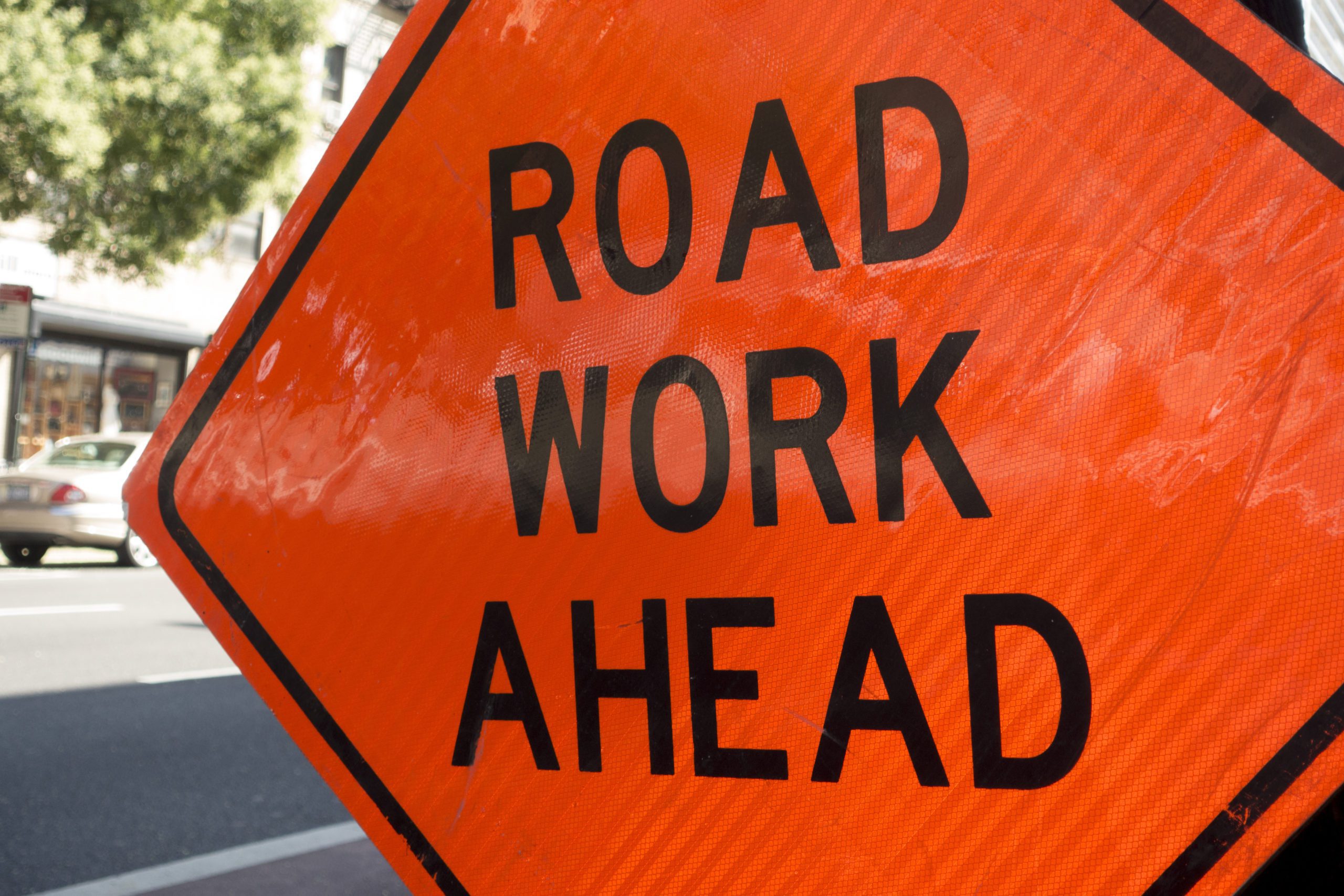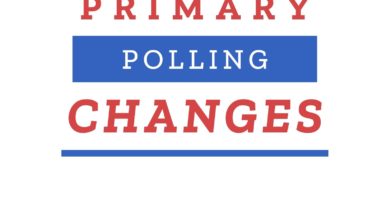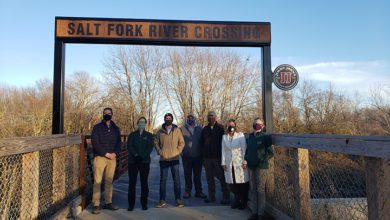Area farmers are waiting for the rain to subside

It’s not time to get antsy.
Not yet.
When the beginning of May rolls around and the majority of the fields throughout East Central Illinois aren’t plowed or seeded, onlookers begin to worry about the upcoming crop season.
But not every farmer is panicking yet.
“Soil moisture is never a bad thing,” Les Hoveln, a part-time farmer and Ag Lender at Gifford State Bank said. “I’d rather have it be damp than too dry this time of year.”
Hoveln recalls the morning temperature on April 30 one-year ago: 33 degrees.
Later that day, the temperature rose to the upper-70’s and increased throughout the week.
While some farmers were just getting started on planting one year ago, others were nursing sprouts or replanting some of the crop.
This year with almost daily rain forecasted well into mid-May, farmers are questioning just when will be the best time to get into the fields.
“Big picture, we are substantially behind the five-year average regarding planting corn and soybeans,” Hoveln said.
But it’s not quite crunch time, yet.
“If this was the end of May or the first of June, it’d be a little different story,” he said.
The continual rain may some cost farmers more money, though.
Some farmers may have to make multiple runs through the fields to make sure the ground is ready for seed. Others may have to change from their original plan of planting a seed that matures later to one that has a short-maturation period in order to get the crop harvested in October, which shouldn’t cost much additional money.
“The biggest potential problem, the later we get regarding fertilizer and anhydrous (ammonia) … some guys are going to start switching how they think. An awful lot of anhydrous goes on in this area; a lot of it goes on in the fall.
“Based on the weather last fall it didn’t get on. So they are already starting behind from last fall.”
Hoveln said a friend planted about 80 acres of his field in a very flat, pattern-tiled area, last week.
Soil temperatures in East Central Illinois are around mid-50 degrees, according to the Illinois Farm Bureau.
The key is planting at the right time, though.
“My concern is that even if it looks fit, it may not be. Just because it’s grey on top, you can dig down and still make a mud ball,” Hoveln said.
“So if we still jump the gun and get in there too early, it can still pose problems for us that may take quite some time to fix. We could get some compaction issues, we could just get some poor seed to soil contact that will affect yield.
“We’re still going to have to be patient.”
Today’s farm equipment allows for farmers to cover a lot of ground in a short period of time.
“The equipment that we have today versus what we had 30 years ago is much bigger; you can cover so many more acres in a day,” Hoveln said.
“We have auto steer so it’s easier to plant in the dark: late at night or in the morning. So if it finally gets fit, we can get it done in a relatively short period of time.”
A change in conditions can mean a lot within a couple days, though.
Continuous average spring time temperatures alongside wind and sunshine can help to dry out the fields.
Hoveln said it’s just a matter of time.
“I’m 56-years old, and I can’t ever recall that we didn’t get a crop planted. It’s going to happen, he said.





